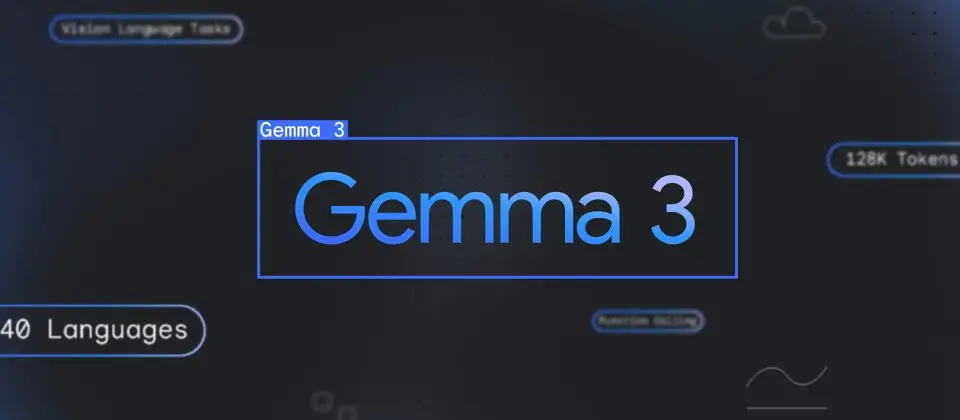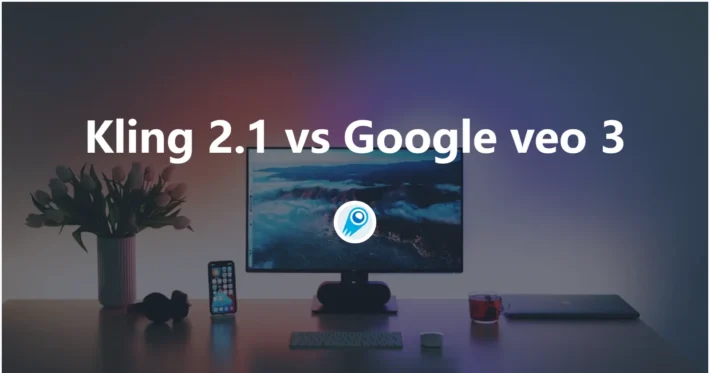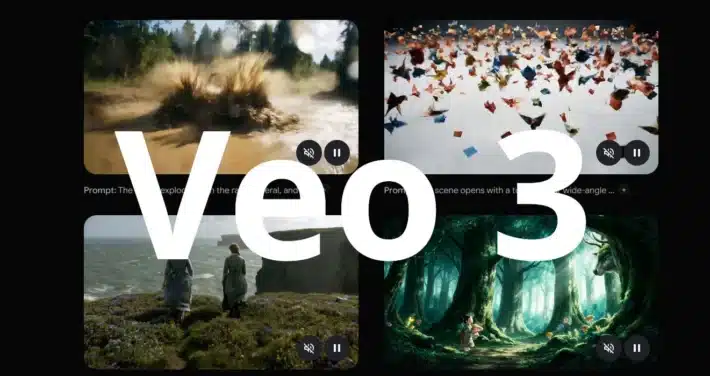What is Gemma 3? How to Use it
Artificial intelligence (AI) models have evolved significantly, becoming more sophisticated and adaptable to various applications. Gemma 3 is Google’s latest open-weight, multimodal AI model designed to process and analyze text, images, and short videos. It provides developers with an advanced yet accessible tool for natural language processing (NLP), computer vision, and AI-driven automation.
In this article, we will explore what Gemma 3 is, its key features, performance, technical specifications, evolution, advantages, application scenarios, and a step-by-step guide on how to use it effectively.

What Is Gemma 3?
A Powerful Multimodal AI Model
Gemma 3 is a state-of-the-art AI model developed by Google that enables text and image processing within a single architecture. This multimodal capability allows developers to create AI-powered applications that seamlessly integrate both textual and visual content.
Designed for Efficiency and Accessibility
Unlike some large AI models that require high-end computing infrastructure, Gemma 3 is optimized to run efficiently on a single GPU, making it more accessible to a broader range of developers and businesses.
Open-Weight Model for Developers
A significant advantage of Gemma 3 is that Google has provided open weights, allowing developers to fine-tune, modify, and deploy the model for various applications, including commercial use.
Performance and Technical Specifications
1. Enhanced Processing Capabilities
- Gemma 3 supports high-resolution and non-square images, making it suitable for image recognition, generation, and multimedia applications.
- It features an expanded context window of 128K tokens, allowing it to handle large datasets and complex AI tasks more efficiently than previous versions.
2. Safety and Responsible AI
- The model integrates ShieldGemma 2, an advanced image safety classifier that filters out explicit, violent, or inappropriate content, ensuring ethical AI usage.
3. Multilingual Support
- Gemma 3 supports over 140 languages, making it ideal for global AI applications, including translation, multilingual chatbots, and international content creation.
4. Optimized for AI Development
- Gemma 3 is available on Hugging Face’s Transformers library, Keras (with a JAX backend), and Ollama, providing flexibility for developers across various frameworks.
- The model is designed for fine-tuning with LoRA (Low-Rank Adaptation) and supports model-parallelism distributed training on TPUs (Tensor Processing Units).
Evolution of the Gemma Series
1. Early Gemma Models
The first Gemma models were released in February 2024, with versions optimized for:
- GPU and TPU (7 billion parameters) for high-performance AI tasks.
- CPU and on-device AI (2 billion parameters) for mobile and embedded applications.
These models were trained on up to 6 trillion tokens of text, incorporating methodologies from Google’s Gemini model set.
2. Gemma 2 and PaliGemma 2
- June 2024: Gemma 2 models were released, offering enhanced efficiency and new multimodal capabilities.
- December 2024: PaliGemma 2, an upgraded vision-language model, was introduced for AI-driven image and text understanding.
3. Gemma 3 and PaliGemma 2 Mix
- February 2025: Google launched PaliGemma 2 Mix, optimized for multiple tasks and available in 3B, 10B, and 28B parameter configurations with 224px and 448px resolutions.
- Mid-2025: Gemma 3 was introduced as the most advanced iteration, integrating multimodal AI capabilities with a focus on scalability and efficiency.
Advantages
1. Open-Source Accessibility
Google has made Gemma 3 available with open weights, allowing developers to modify, fine-tune, and use it commercially without restrictions.
2. Multimodal Processing
Unlike traditional text-based AI models, Gemma 3 processes both text and images, making it ideal for applications requiring visual analysis and text comprehension simultaneously.
3. High Efficiency on Standard Hardware
Gemma 3 is optimized for single-GPU execution, reducing the need for expensive infrastructure while maintaining high-performance AI capabilities.
4. Global Language Support
With 140+ supported languages, Gemma 3 is well-suited for international AI applications, including real-time translation, multilingual chatbots, and content generation.
Related topics:Best 3 AI Music Generation Models of 2025
Application Scenarios
1. AI-Driven Content Creation
- Gemma 3’s ability to process both text and images makes it a powerful tool for content generation, digital storytelling, and social media automation.
2. Advanced Language Translation
- The model’s multilingual capabilities enable accurate and context-aware translations, making it valuable for cross-border communication and localization services.
3. Medical Image Analysis
- With its high-resolution image processing capabilities, Gemma 3 can be used in medical diagnostics, AI-assisted radiology, and healthcare research.
4. Autonomous AI Systems
- Companies like Waymo have explored AI models like Gemini for autonomous vehicle training.
- Gemma 3 could play a role in AI-powered robotics, self-driving technology, and intelligent automation.
How to Use Gemma 3
Step 1: Access the Model
- Gemma 3 is available via Hugging Face, Keras (JAX backend), and Ollama.
- Developers can download and integrate it into AI applications, chatbots, or image-processing tools.
Step 2: Set Up the Development Environment
- Install TensorFlow, PyTorch, or JAX based on your preference.
- Ensure you have GPU acceleration enabled for optimal performance.
Step 3: Fine-Tune the Model
- Use LoRA fine-tuning to customize the model for specific applications like customer support, AI-generated art, or scientific analysis.
Step 4: Deploy in AI Applications
- Integrate the model into chatbots, translation systems, content generation platforms, or automation tools.
Step 5: Monitor and Optimize
- Track performance, adjust parameters, and ensure the model remains efficient, accurate, and ethically aligned with application needs.
Conclusion
Gemma 3 represents a significant advancement in AI technology, offering developers an open-weight, multimodal model that seamlessly integrates text and image processing. Its high efficiency, broad language support, and advanced safety features make it a versatile tool for content creation, AI research, automation, and real-world AI applications.
More details about Gemma 3 27B API


